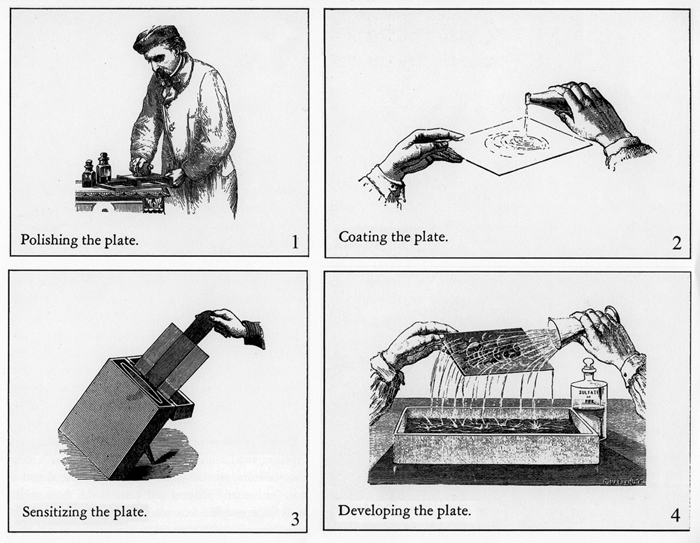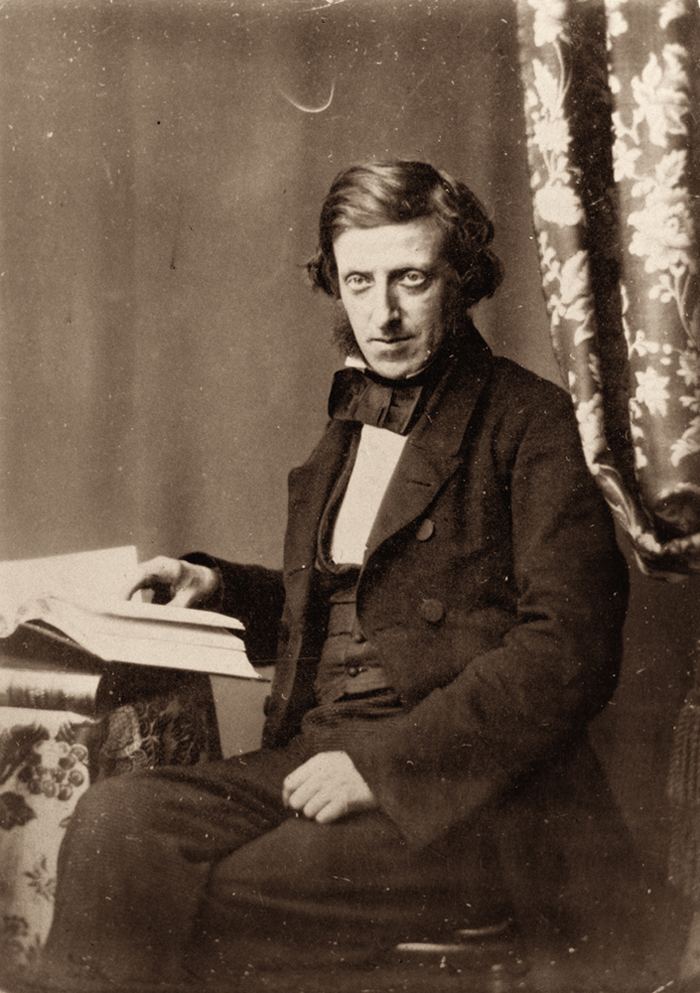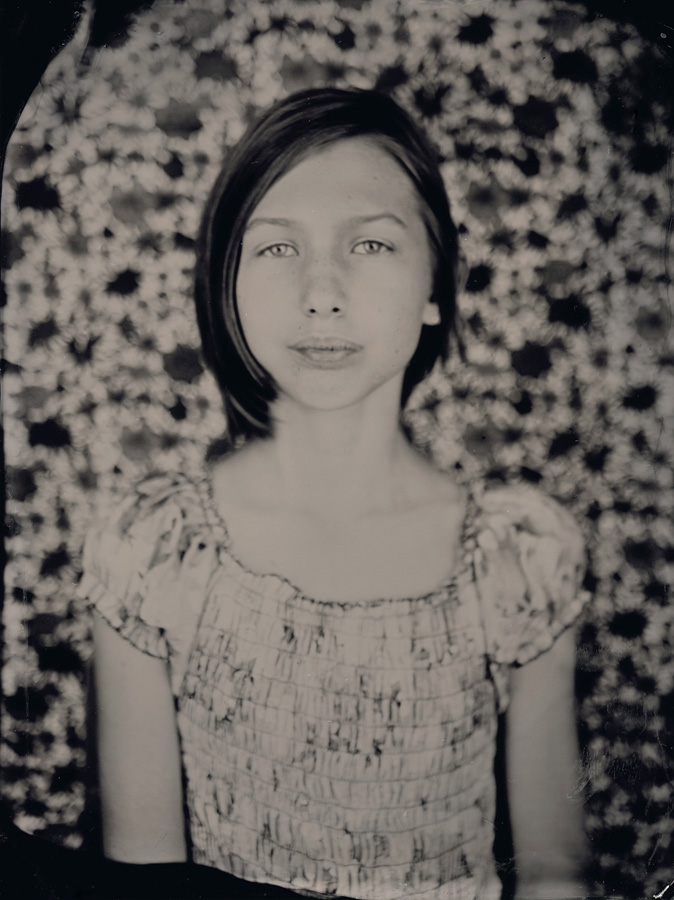 Genesee Libby is now offering tintype photobooth sessions at the studio and on location around Rochester. For $40 you can have your very own 3”x4” tintype made.
Genesee Libby is now offering tintype photobooth sessions at the studio and on location around Rochester. For $40 you can have your very own 3”x4” tintype made.
Tintypes make great, unique and personal gifts! Mother's Day is coming up and photos of children in collodion are something special.
UPCOMING PHOTOBOOTH DATES Friday May 1, 5p-9p Saturday May 2, 10a-4p Sunday May 3, 12p-4p Saturday May 9, 10a-4p
If you cannot attend any of these dates please contact the studio to see if we can make other arrangements.
What to wear for your tintype. Blues, pinks, and light yellows appear white in collodion. It is generally preferable to wear colors that appear dark or grey in collodion. If you do wear something light it's good to wear something darker with it for contrast, such as a scarf, jacket, or vest. Stripes and other patterns can be a good choice. A tintype is a reversed image so if you have text on your clothing it will read backwards.
How long are the exposures. Anywhere from 2-10 seconds. We have a head brace to help stabilize movement. It works for many but it doesn't work on everyone.
Drop-ins are welcome, but we recommend you sign up for a slot in advance. To do so please call or email Genesee Libby Studio.
See the Facebook event page here.
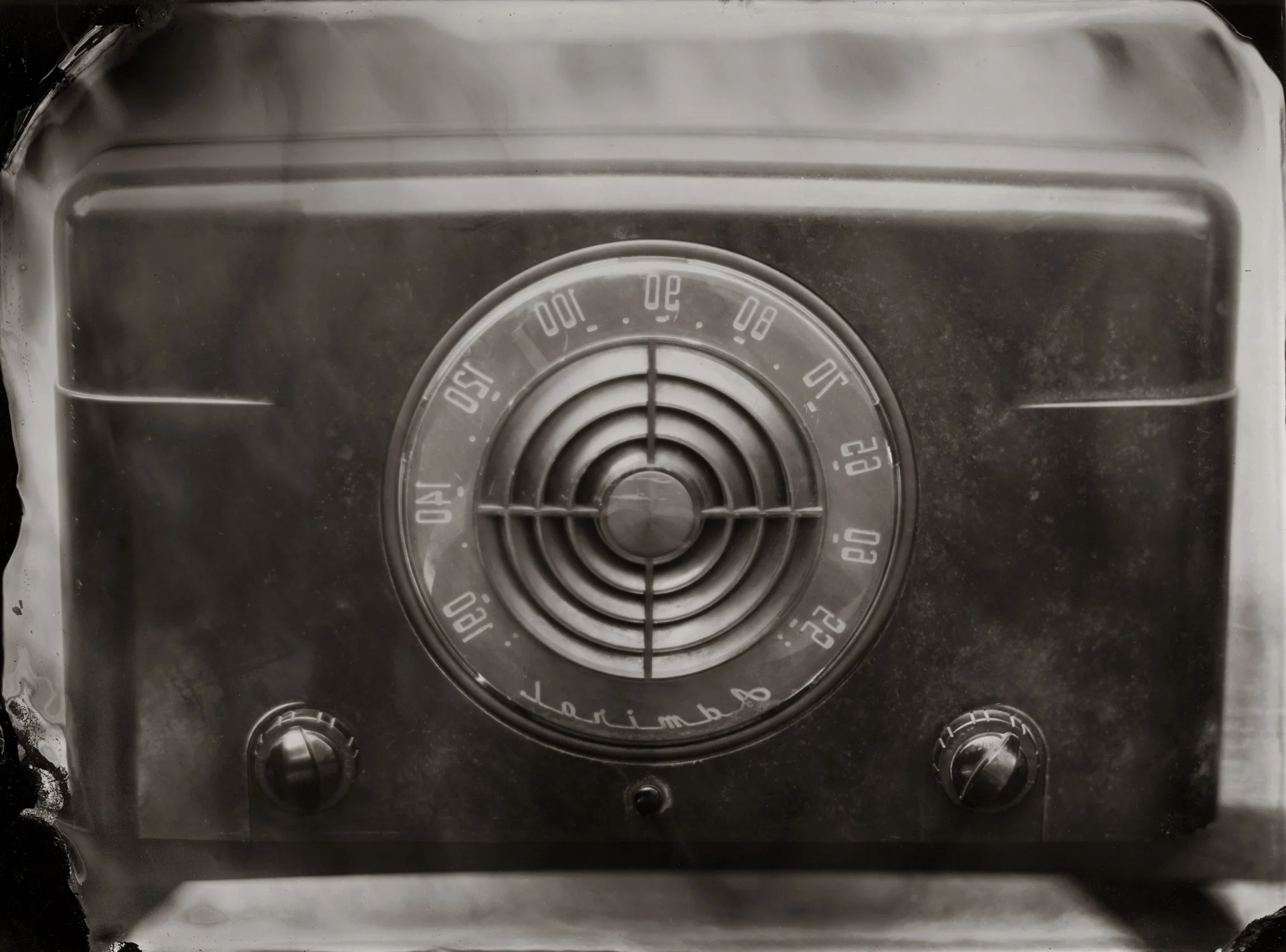
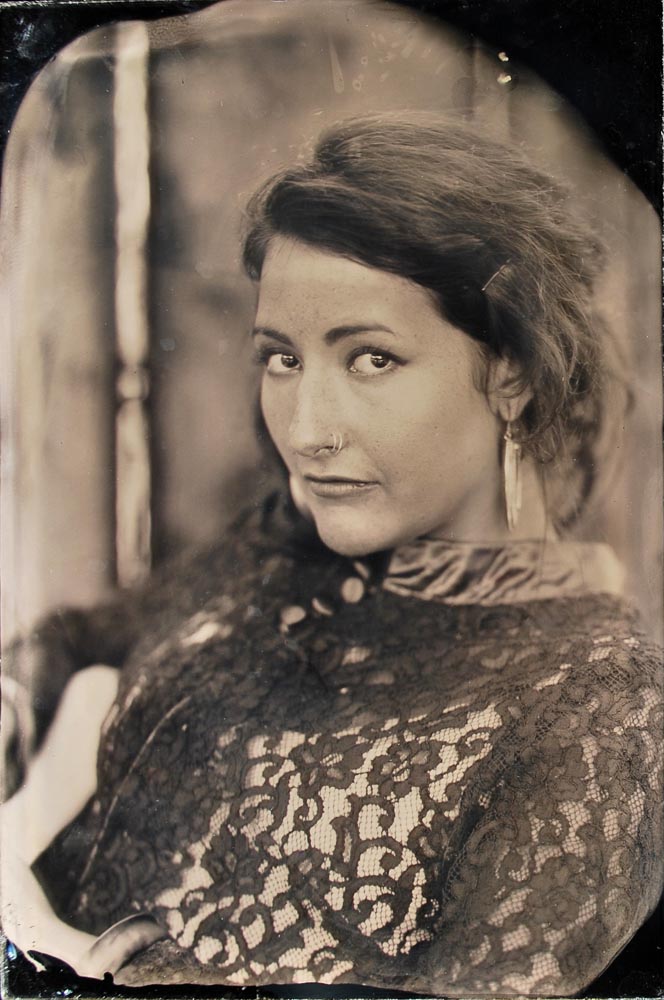
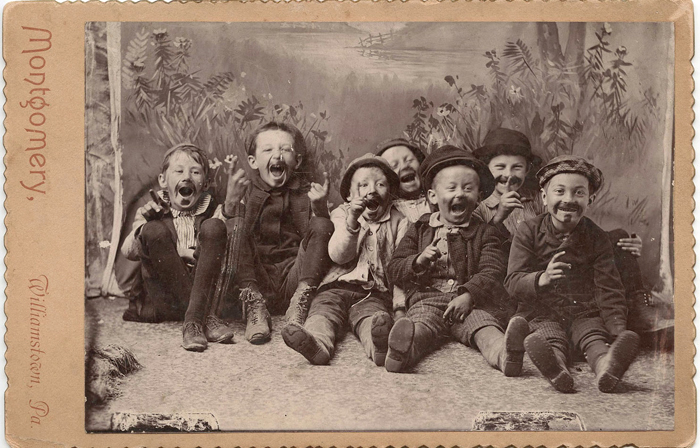 I love this cabinet card. It is unlike any I've seen before. It's a candid studio portrait of seven costumed young boys having a good time. I imagine there was some directive from the photographer involving pointing, but overall they just look like kids enjoying being kids.
I love this cabinet card. It is unlike any I've seen before. It's a candid studio portrait of seven costumed young boys having a good time. I imagine there was some directive from the photographer involving pointing, but overall they just look like kids enjoying being kids.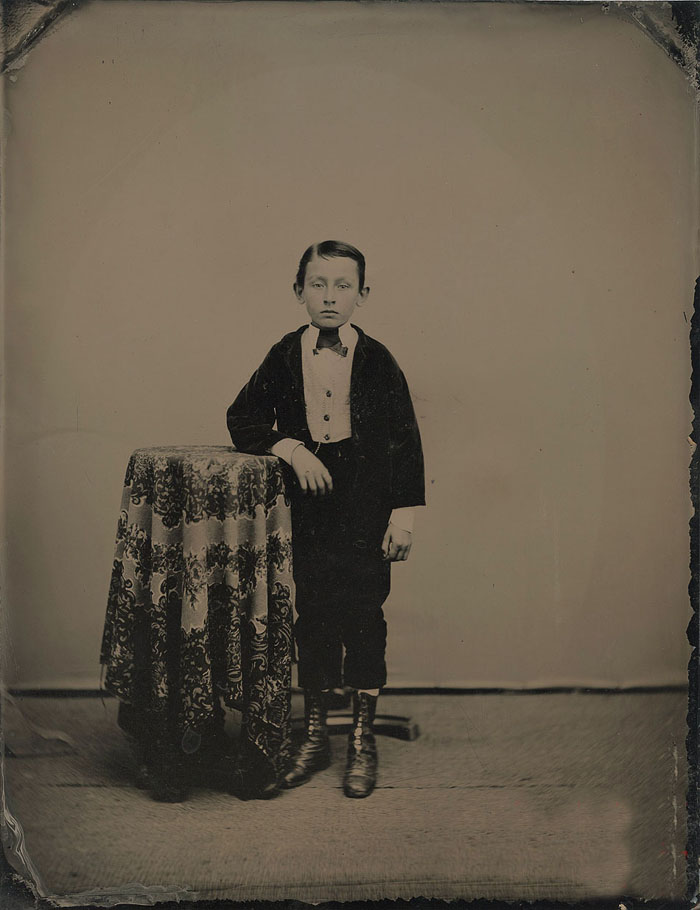
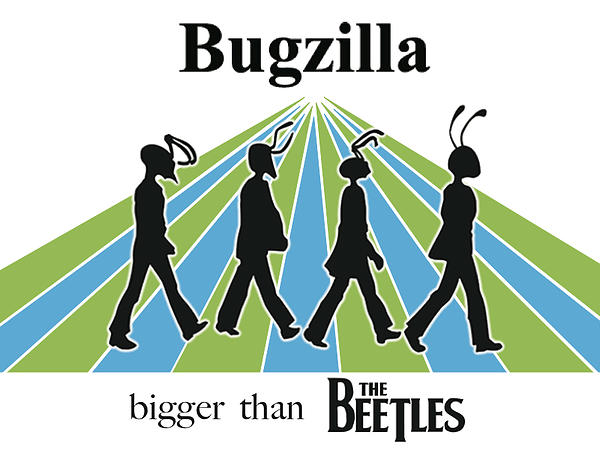 March 6th sees the return of
March 6th sees the return of 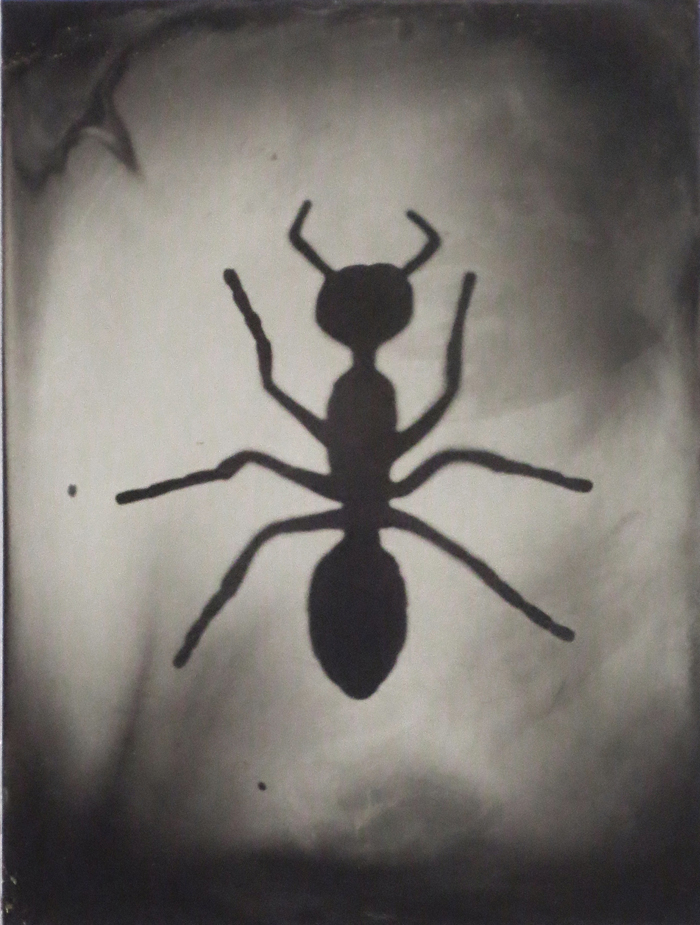
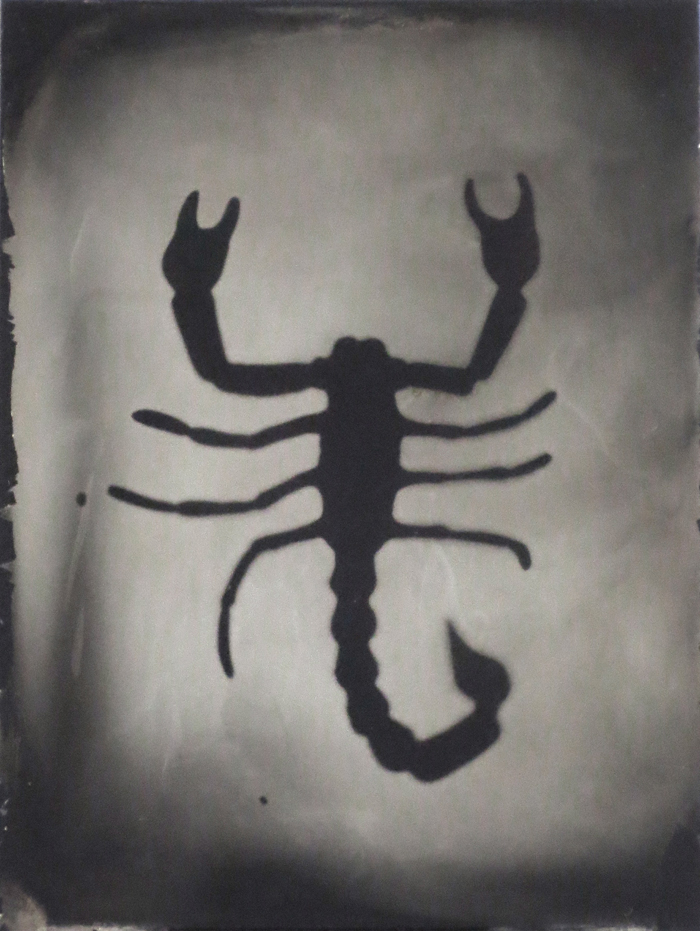
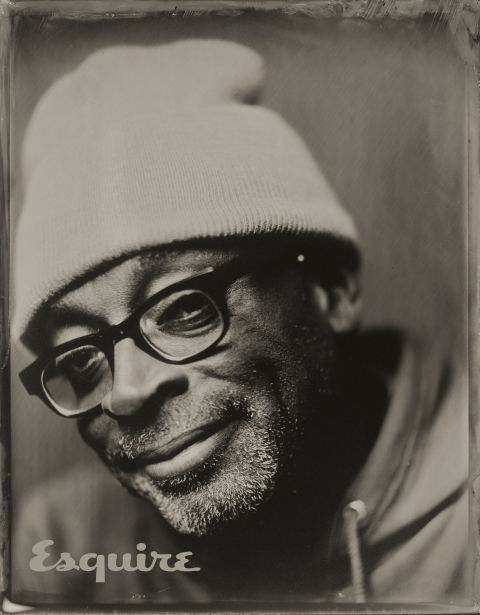
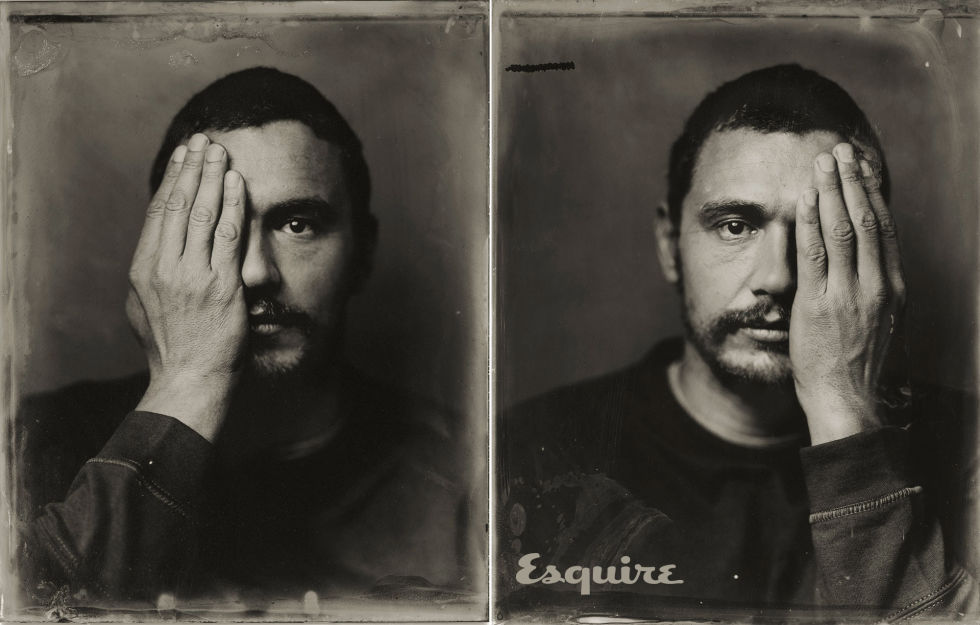
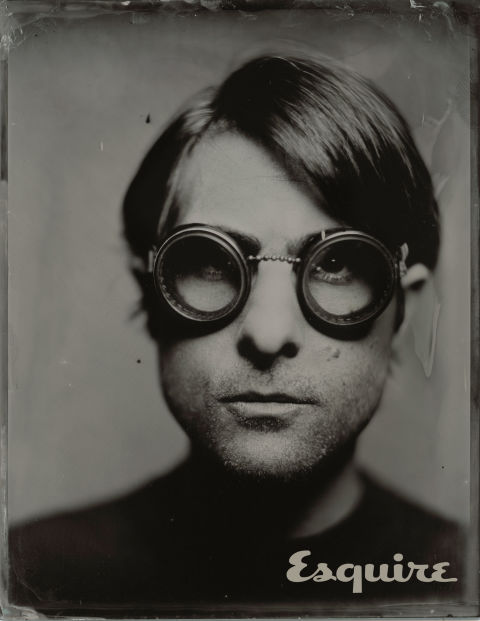
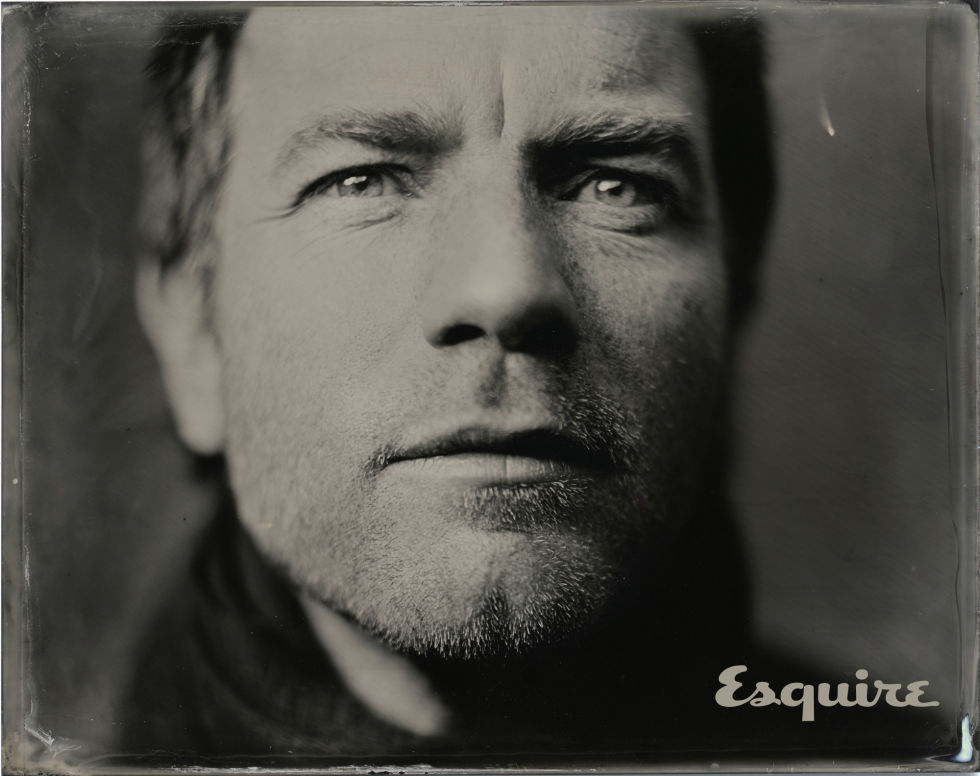
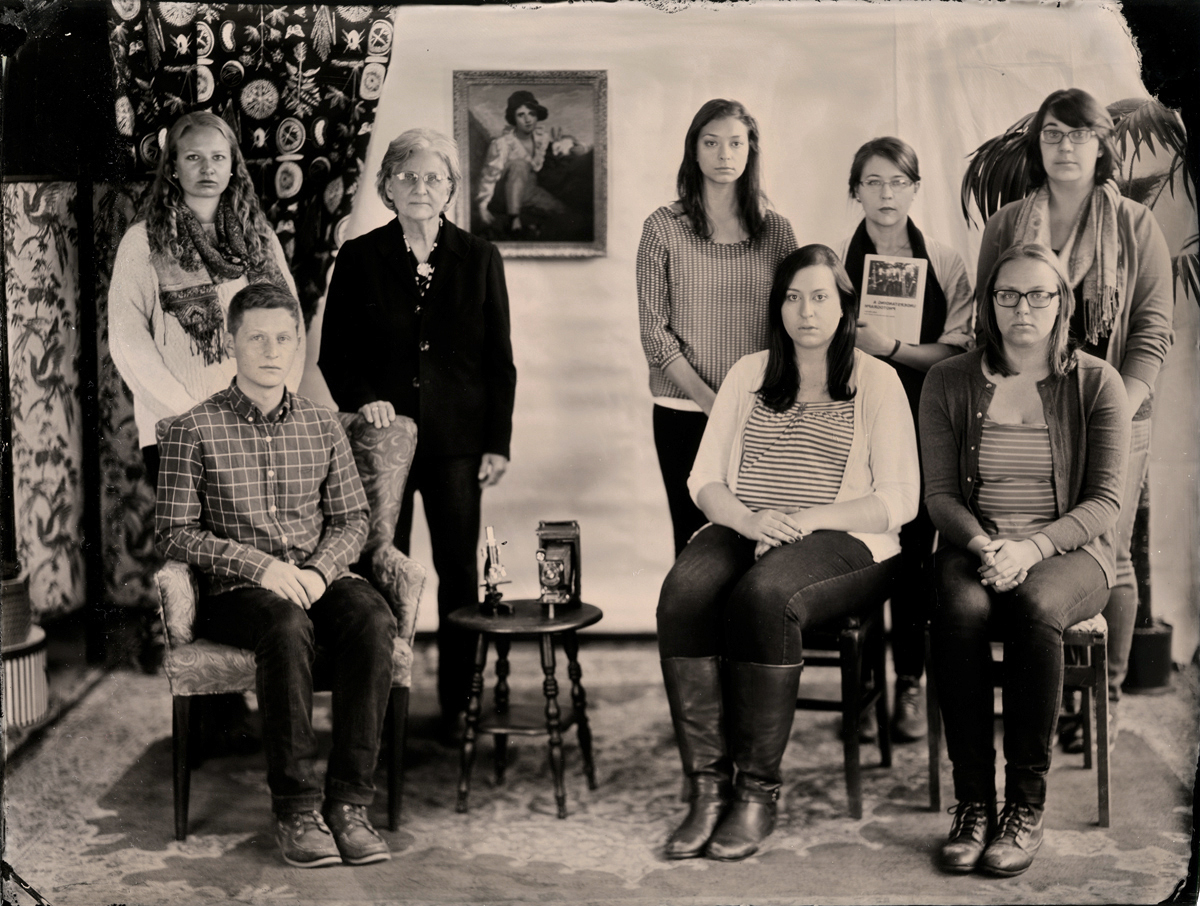 In November, I had my first portrait clients at the new studio and it was challenging and fun! University of Rochester professor, Claudia Schaefer, heard about Genesee Libby through a mutual friend. As she was covering 19th-century photography in her class, she wanted to give her students the opportunity to experience a wet-plate collodion portrait session first hand. I was a bit nervous to be photographing such a large group for the first time ever, but it went quite well.
In November, I had my first portrait clients at the new studio and it was challenging and fun! University of Rochester professor, Claudia Schaefer, heard about Genesee Libby through a mutual friend. As she was covering 19th-century photography in her class, she wanted to give her students the opportunity to experience a wet-plate collodion portrait session first hand. I was a bit nervous to be photographing such a large group for the first time ever, but it went quite well.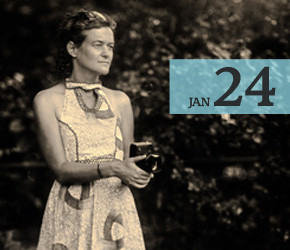 On Saturday January 24 at 1pm, Genesee Libby will be hosting a two-hour workshop to introduce people to the wet-plate collodion process. There will be a lecture and slide presentation, hands-on process samples, and a live demonstration of the process. This class is being offered through
On Saturday January 24 at 1pm, Genesee Libby will be hosting a two-hour workshop to introduce people to the wet-plate collodion process. There will be a lecture and slide presentation, hands-on process samples, and a live demonstration of the process. This class is being offered through 